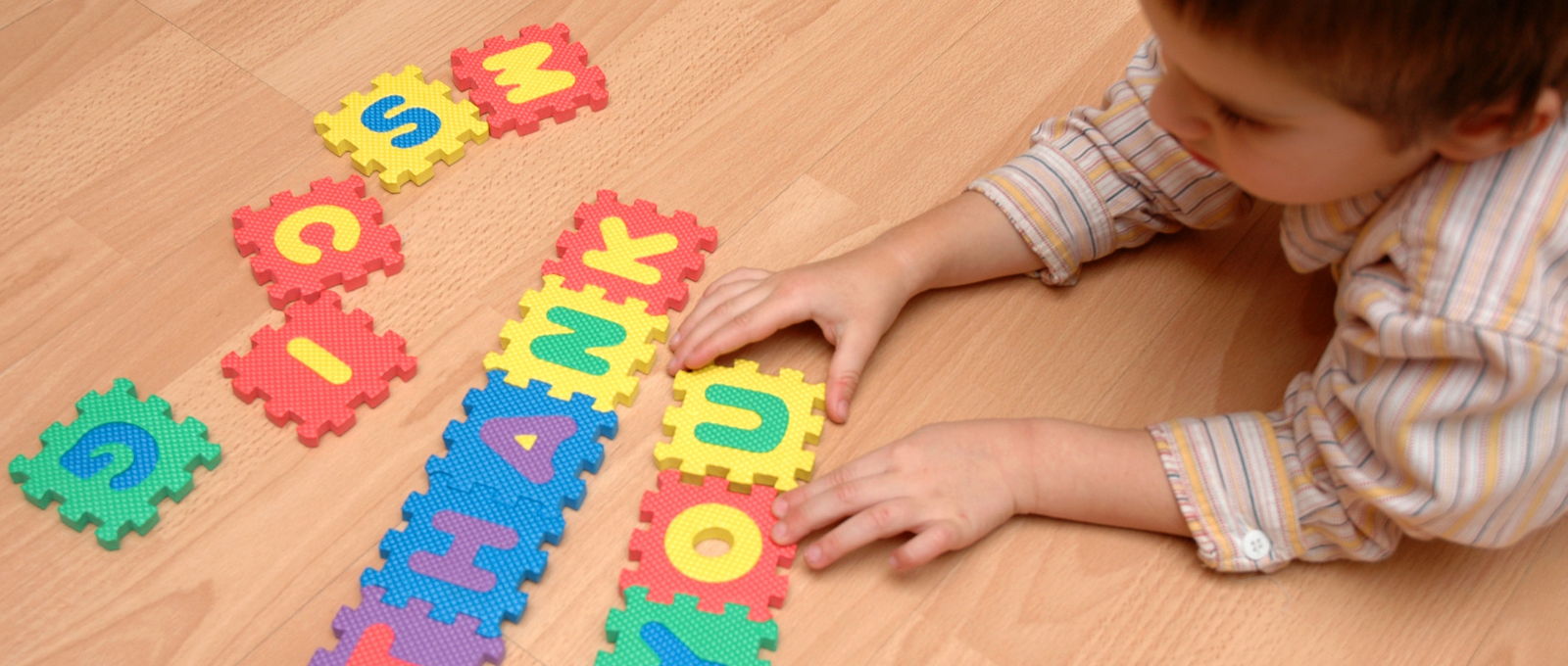“What do you say to Grandpa for making us this big dinner?” we asked the kids, perched precariously on booster seats at the far end of the table.
“Thank you!” they cheered enthusiastically.
We parents looked at one another, pleased as punch with our children, especially because moments earlier my niece threw a fork and my son exclaimed, “I don’t like meat!” The anti-meat sentiment had spread like wildfire among the cousins until, suddenly, no one liked meat.
Their expression of thanks was like a shining moment of calm and kindness in the chaos that is often family dinner.
Giving thanks
We wrote a blog post years ago about the importance of teaching kids gratitude for their health and happiness and shared strategies for nurturing it in our kids. Since then, recipients of University of California Berkeley’s Expanding the Practice and Science of Gratitude grants have shed even more light on the parenting practices that help it unfold in children and young people.
It is clear that while most parents agree that teaching kids gratitude is important but it is hard to pin down a common definition. Popular understandings of gratitude range from “feeling good” to “feeling blessed” to “being mindful of others.” So how do we know genuine gratitude when we see it? The most obvious indicators are the words, “Thank you.” But according to Dr. Andrea Hussong of University of North Carolina at Chapel Hill, it is helpful to differentiate gratitude from mere good manners.
In her recent talk at the Greater Good Gratitude Summit, Dr. Hussong explained that gratitude is a process that unfolds over time in children. She draws on a model of gratitude that has three parts:
- Awareness. Seeing and paying attention to what you have received, whether it’s good health, sunshine, a tangible gift, or a privilege.
- Meaning making. What you think and feel about what you have received.
- Behavior. Your expression of gratitude.
Don’t skip the first two steps
Dr. Hussong has found that parents focus a lot on encouraging actions that express gratitude. In other words, that’s why kids are saying “thank you” a lot. Yet in their enthusiasm for action, parents tend to overlook the importance of awareness and meaning making.
Of course, there is nothing wrong with saying “thank you.” In fact, learning manners and social convention matter and actions themselves may spur greater awareness. We know that activities like “big circle” that make expressions of gratitude explicit are very good for children and youth. It is worth keeping in mind, however, that our goal is not just to hear our children parrot the words. If gratitude is a process that unfolds in children over time, then part of growing up is practicing awareness and meaning making – out of which grateful actions will eventually emerge as automatic.
Teaching kids gratitude doesn’t happen in one lesson
It may not be as gratifying to us (or the people around us) to focus on the process. Your child may not have the ideal response. For example, I asked my son Miles last week if he noticed that his Grandma had spent extra time reading to him after dinner. He replied with an enthusiastic “Hmmm. No. Have you seen my giraffe??,” and ran off to finish constructing a zoo out of blocks. A reluctant teen may have a similarly deflating response. I can see why a nice and tidy thank you can feel a heck of a lot more productive on the gratitude front.
But gratitude isn’t something you teach in a single lesson. It isn’t something that children or youth can pass or fail. Instead it is an ongoing conversation that should be light, fun, messy, and frequent. Gratitude becomes more meaningful and complex as children practice it.
For younger children, you can start by focusing on really tangible things. For example,
- Awareness. “Look at the delicious food Grandpa made you!”
- Meaning making. “I can tell you are excited about this meal because you are clapping your hands.” and “Wasn’t it thoughtful of Grandpa to make cooked apples? You love cooked apples!”
- Behavior. “Do you want to put a card on Grandpa’s plate next Sunday to say thank you?”
As children get older, you can help them focus on more nuanced gifts like effort, time, or privilege:
- Awareness. “Did you notice that your brother helped you with his homework even though he had his own to do?”
- Meaning making. “How do you feel now that you’ve gotten a little help on those tough problems?” or, “He worked extra hard tonight to both help you and get his own work done.”
- Behavior. “Do you want to let your brother know how helpful that was? How might you do that?”
Gratitude journals and other gratitude practices are more great ways to encourage youth to grow in their awareness of the gifts that they receive daily.
